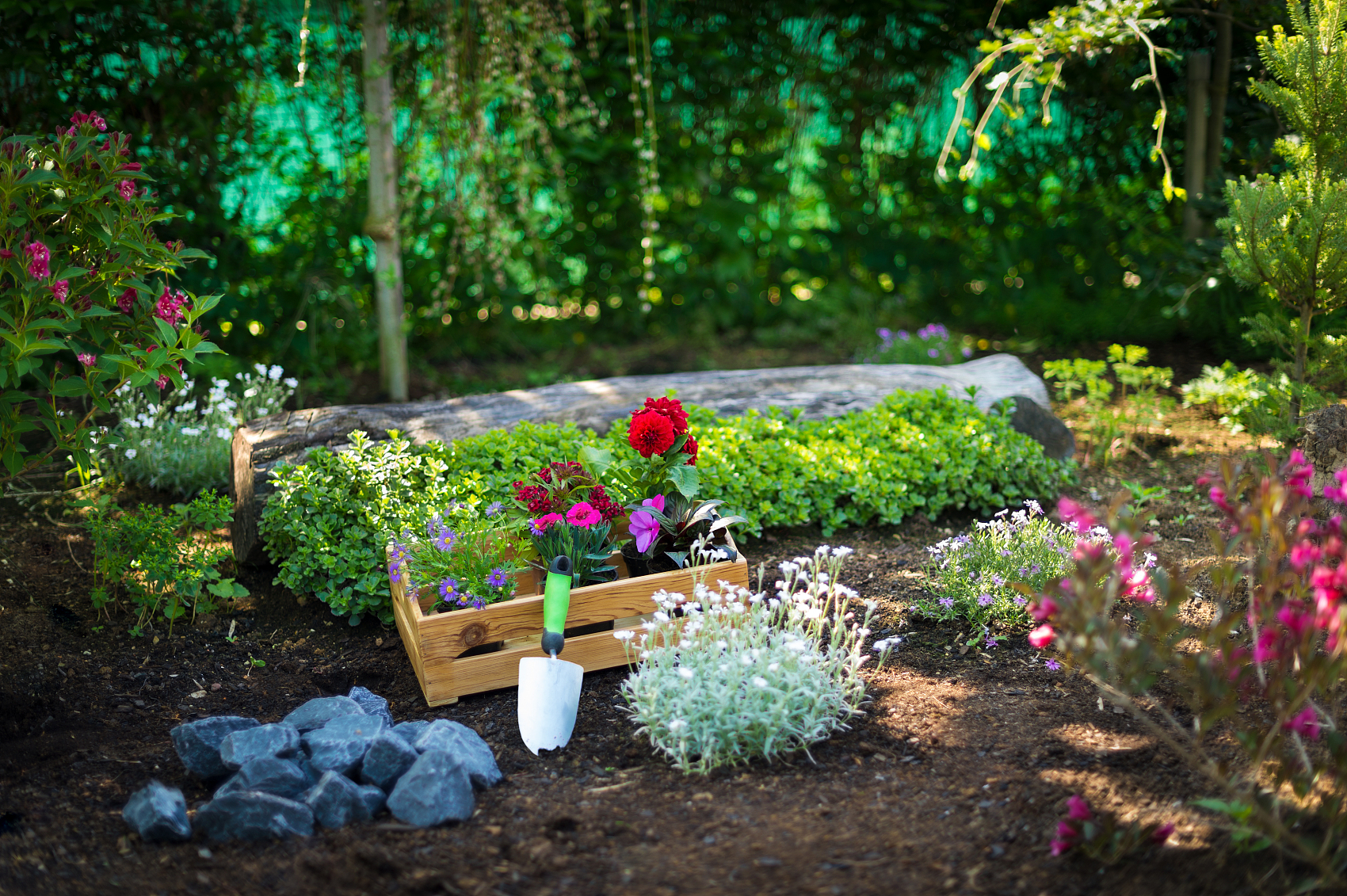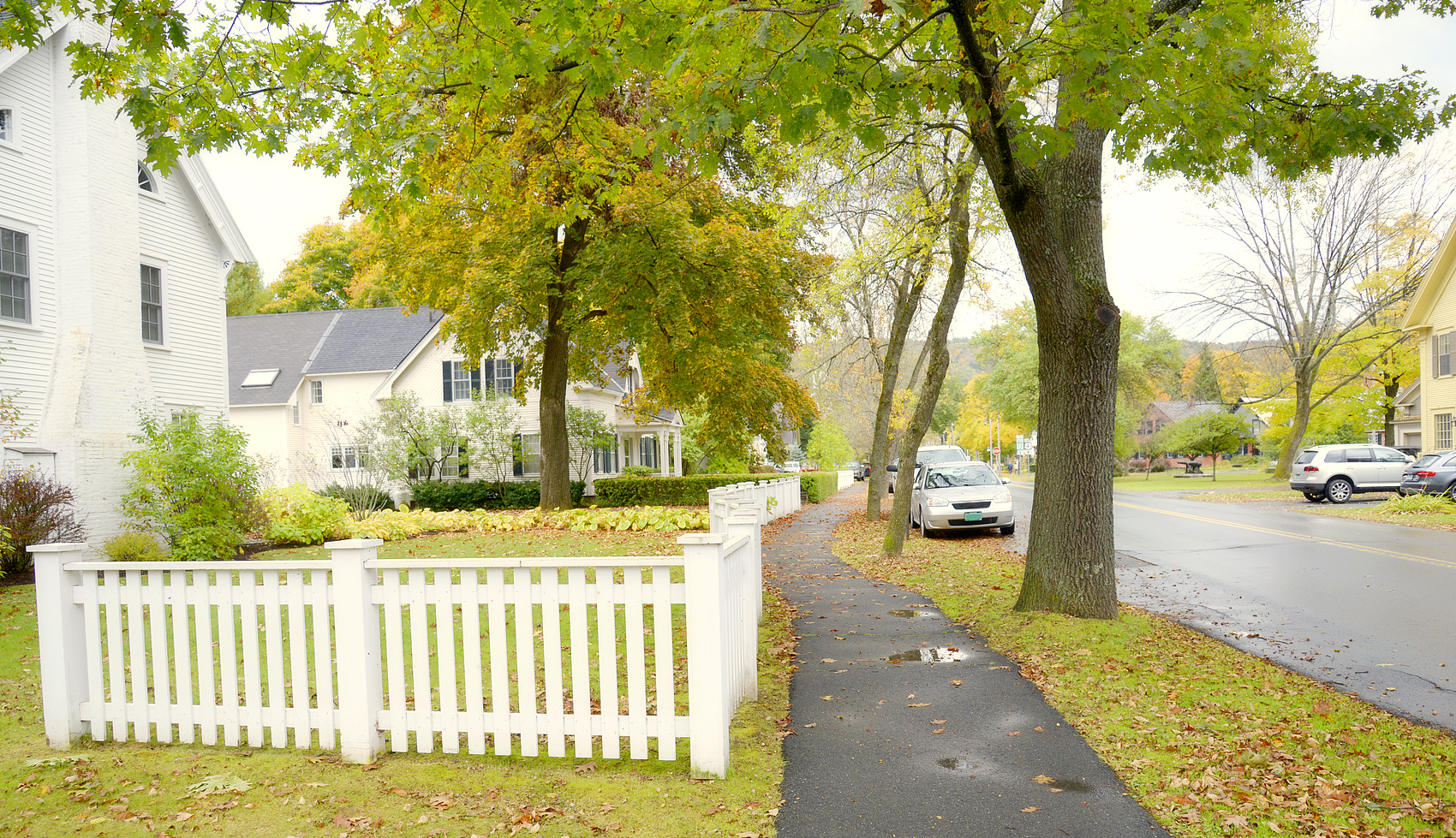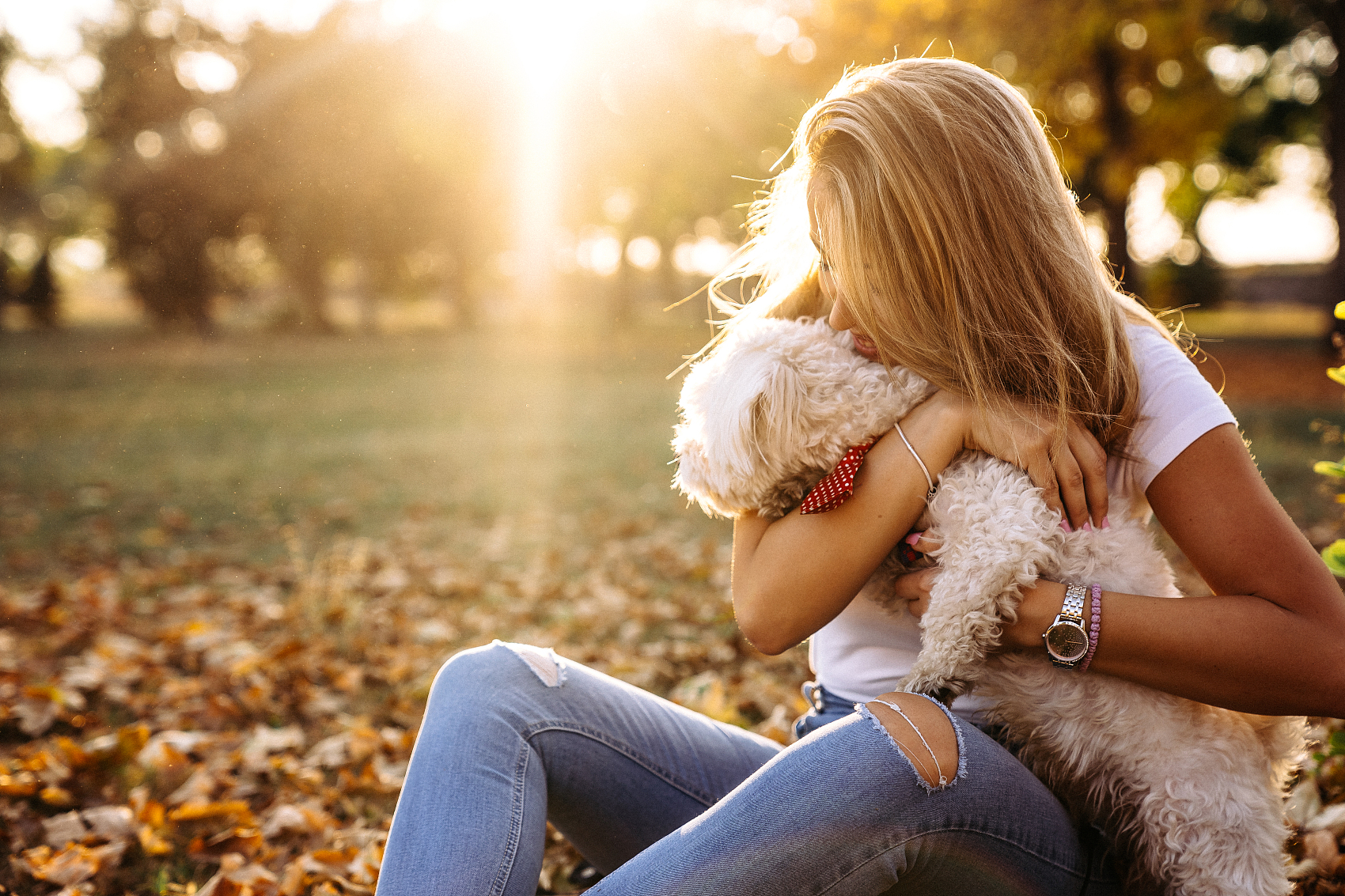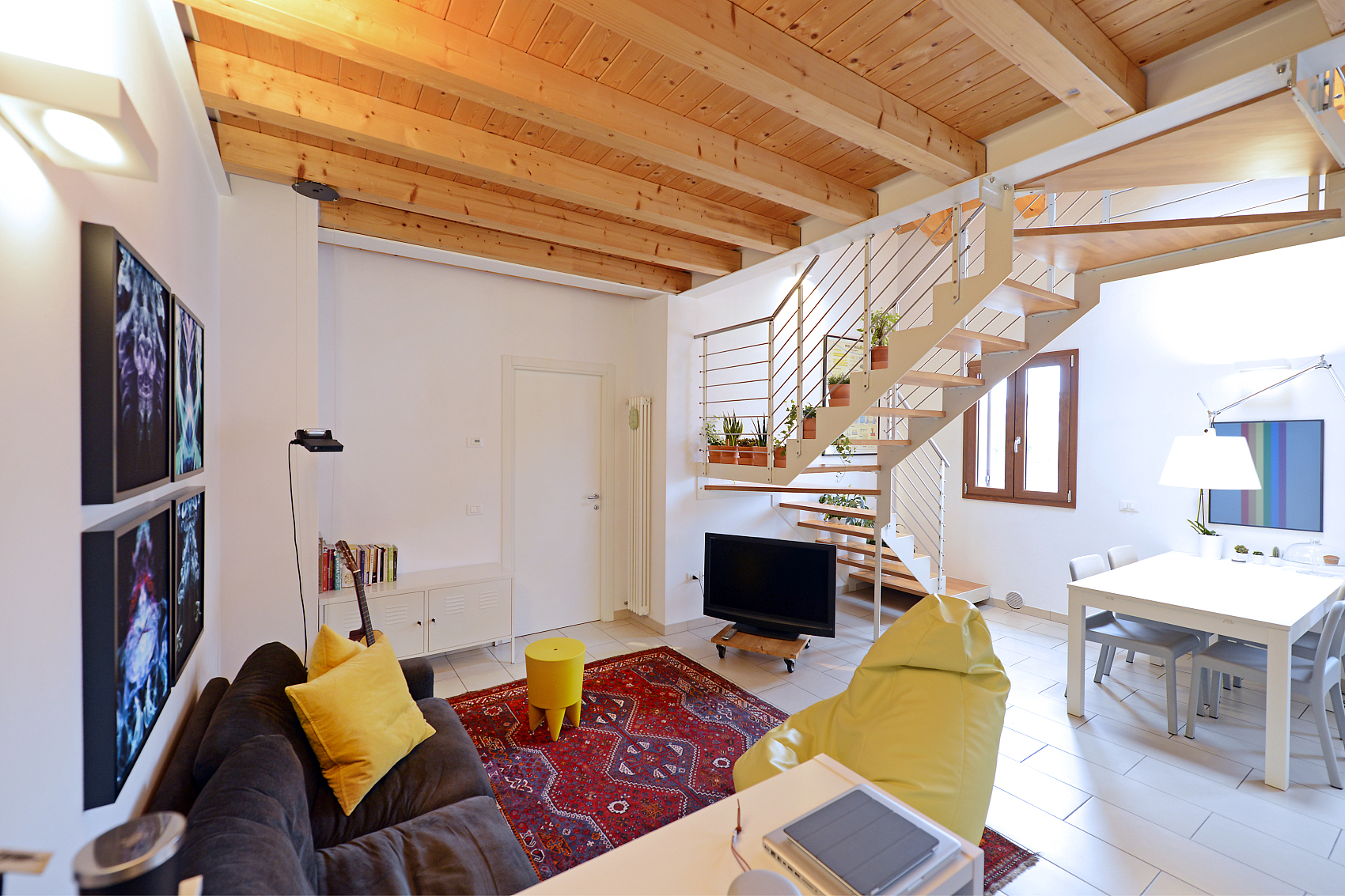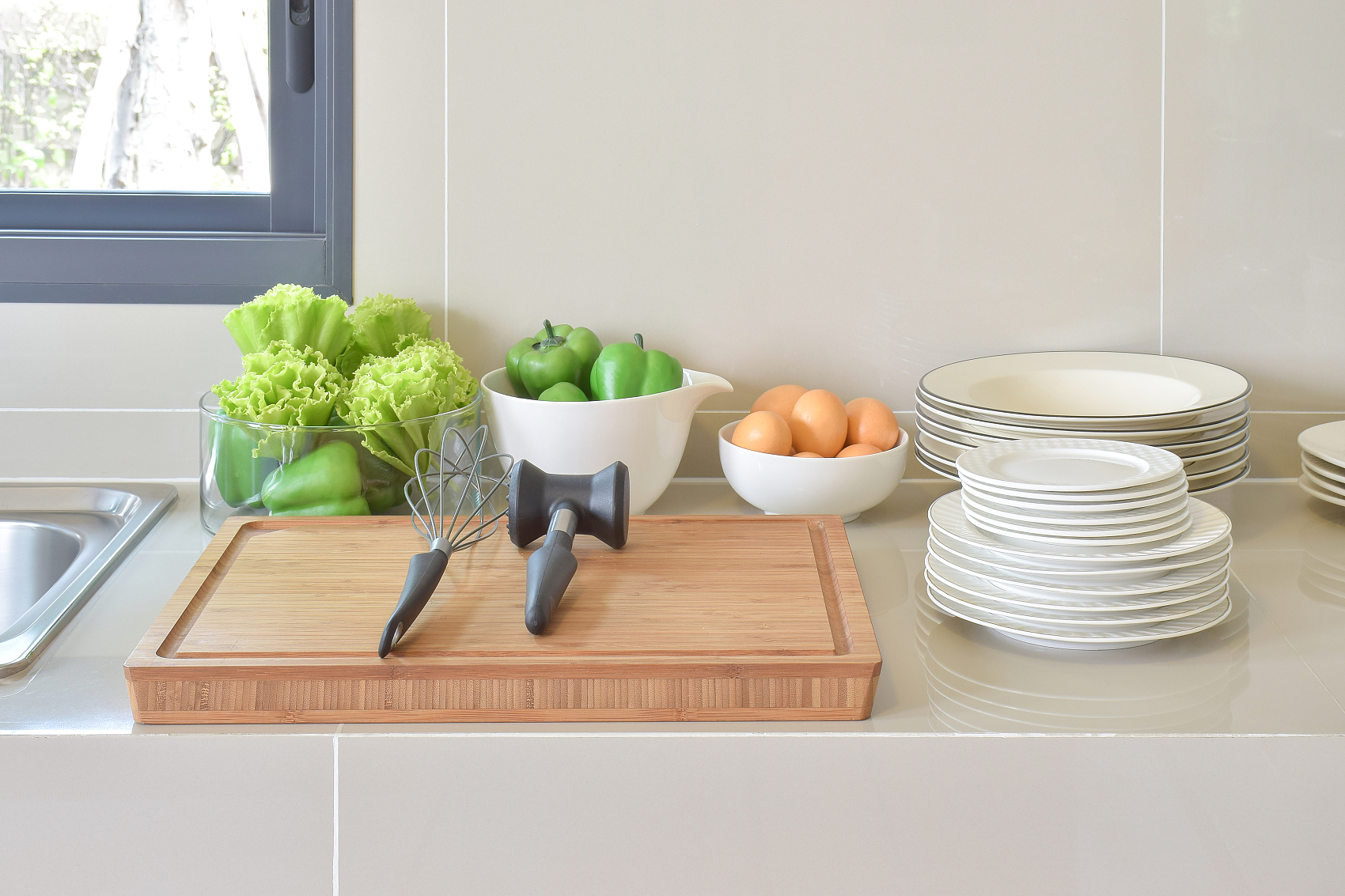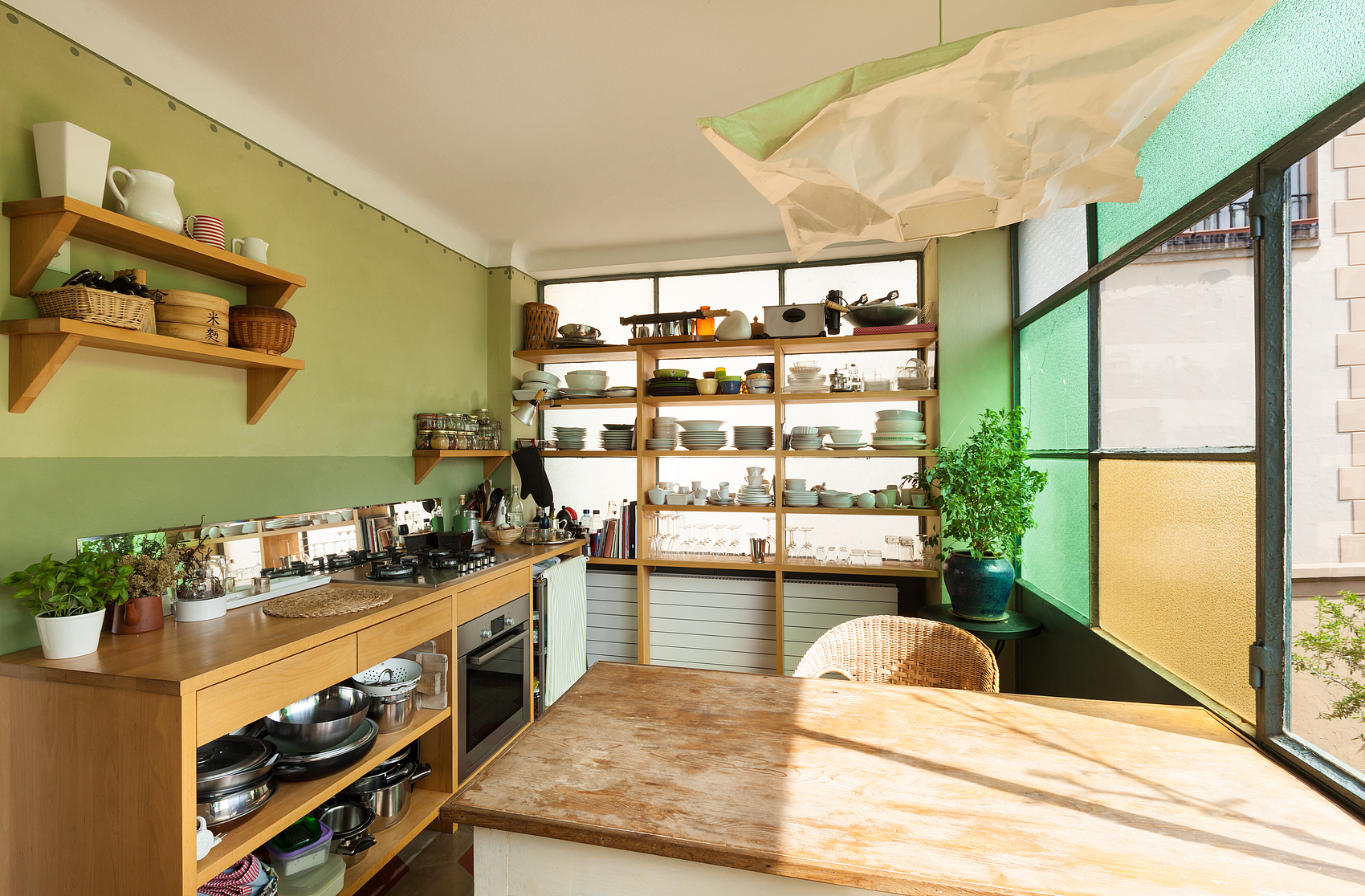If you have a dog (unless it’s a rare hairless breed), you know that dealing with dog hair everywhere is part of life! We love our furry companions, but their hair on clothes, furniture, and floors? Not so much. Fortunately, there’s a way to keep shedding under control—by starting with your dog’s coat.
What is Deshedding?
Deshedding is the process of removing loose hair from your dog’s coat before it ends up all over your home. Instead of clipping or shaving, you use special grooming tools to take out the hair that’s ready to fall off naturally. It helps reduce shedding, prevents mats, and keeps your dog’s coat looking healthy.
How Often Should You Deshed?
Since deshedding only targets hair that’s naturally about to fall out, you can do it regularly—about once a week is ideal. During high-shedding periods (like spring and fall), you might need to do it more frequently. This helps keep fur off your floors and furniture and prevents coat issues.

Which Dogs Need Deshedding?
All dogs shed differently based on their coat type, and it’s important to understand your dog’s specific needs:
- Dogs with Hair (e.g., Maltese, Poodles, Yorkies)
These breeds have hair that grows continuously like human hair, so they rarely shed. No need to deshed—just focus on regular brushing and grooming. - Dogs with Fur that Grows to a Set Length (e.g., Pugs, Labs, Beagles)
These dogs shed consistently. Their fur reaches a specific length, then falls out. Regular deshedding is key to keeping loose hair under control. - Dogs with Cyclical Fur Growth (e.g., German Shepherds, Huskies, Golden Retrievers)
These breeds “blow their coat” seasonally. They have massive shedding periods when their entire coat falls out at once. During these times, frequent deshedding is a must to prevent mats and skin issues.
A Note on Double-Coated Breeds
For double-coated breeds (like Huskies and Golden Retrievers), never shave them! Their double-layered coat keeps them cool in summer and warm in winter. Shaving disrupts this natural temperature control and can cause permanent damage to their coat’s growth pattern.
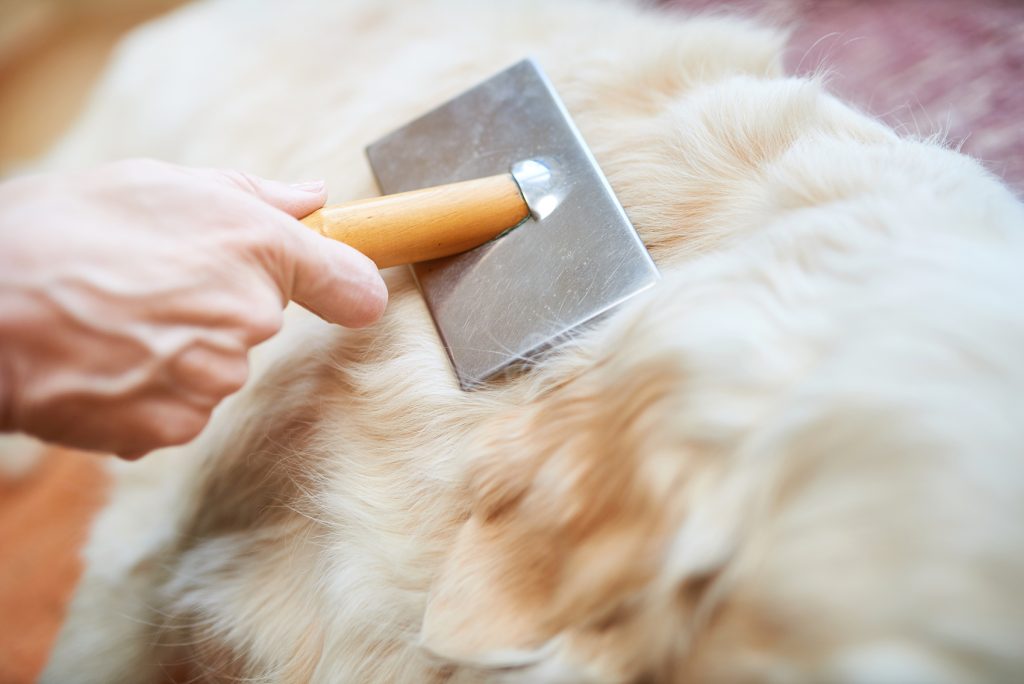
How to Deshed at Home
Before deshedding, thoroughly brush, comb, and detangle your dog’s coat. Choose a tool that’s right for your dog’s specific fur type. For example, a short-haired dog might only need a slicker brush, while a thick-coated breed may need a dematting rake. Using the wrong tool can damage the coat or irritate the skin.
By adding deshedding to your routine, you’ll keep your home cleaner, your dog happier, and their coat healthier!


